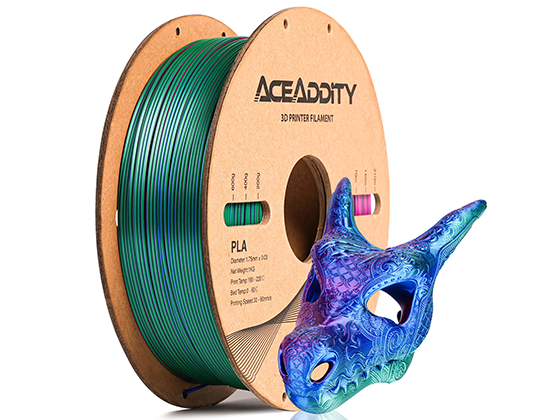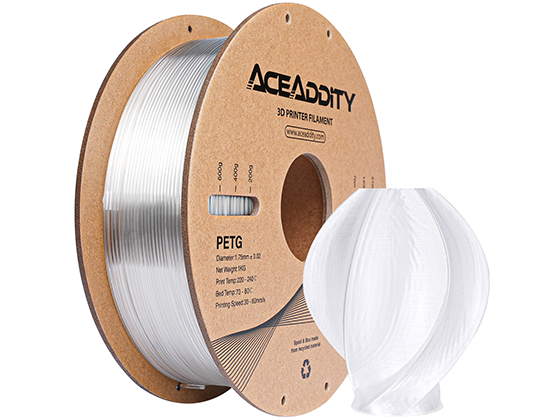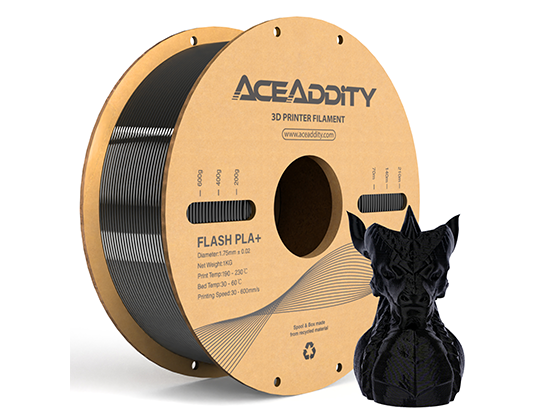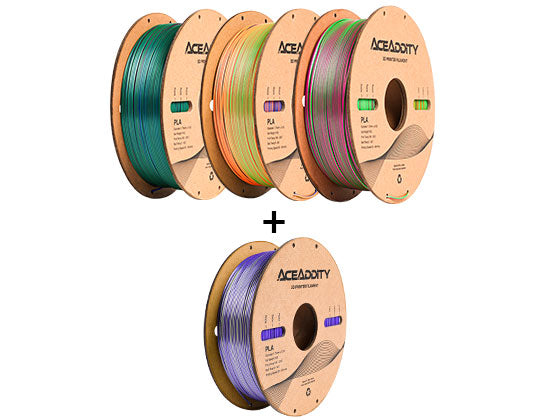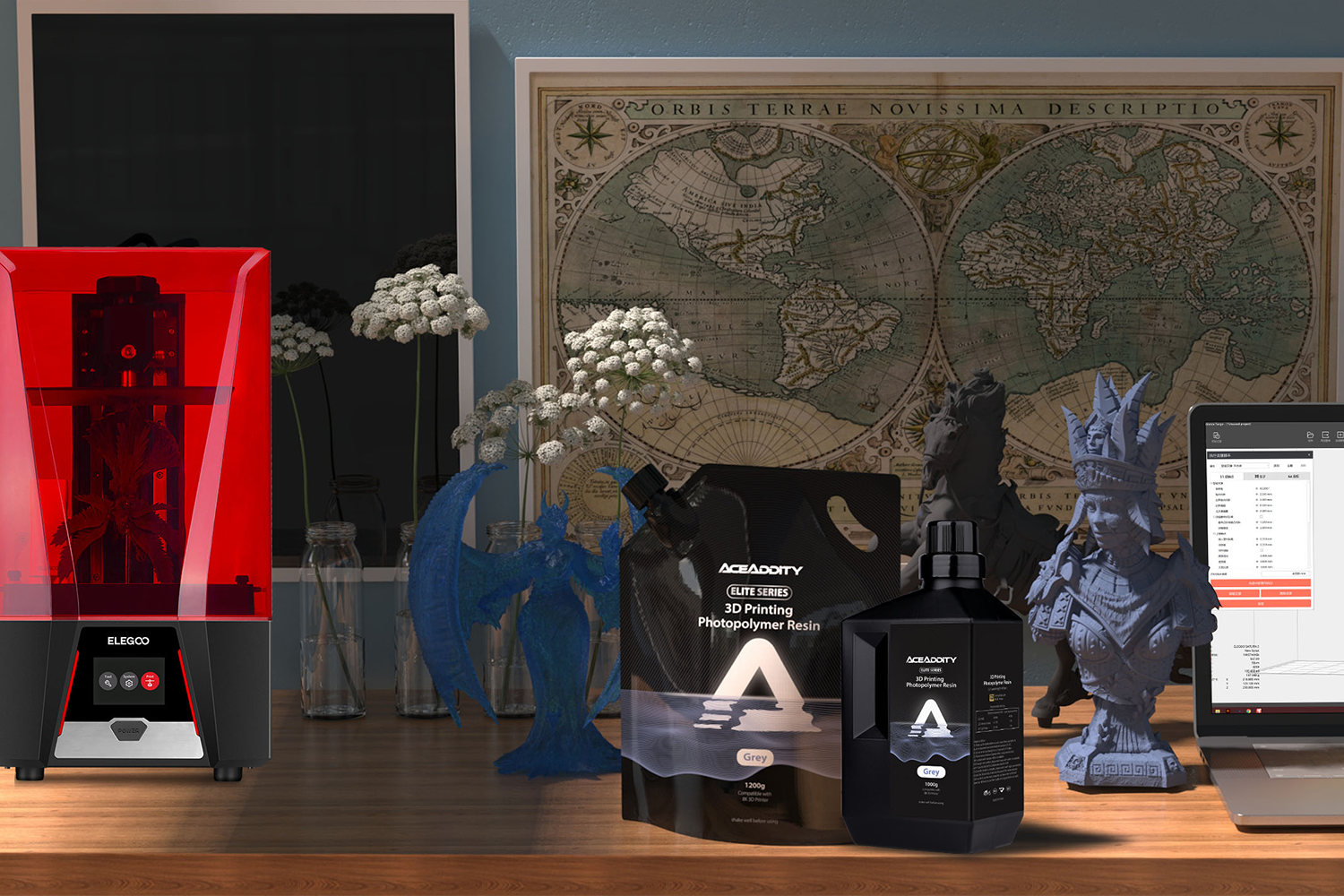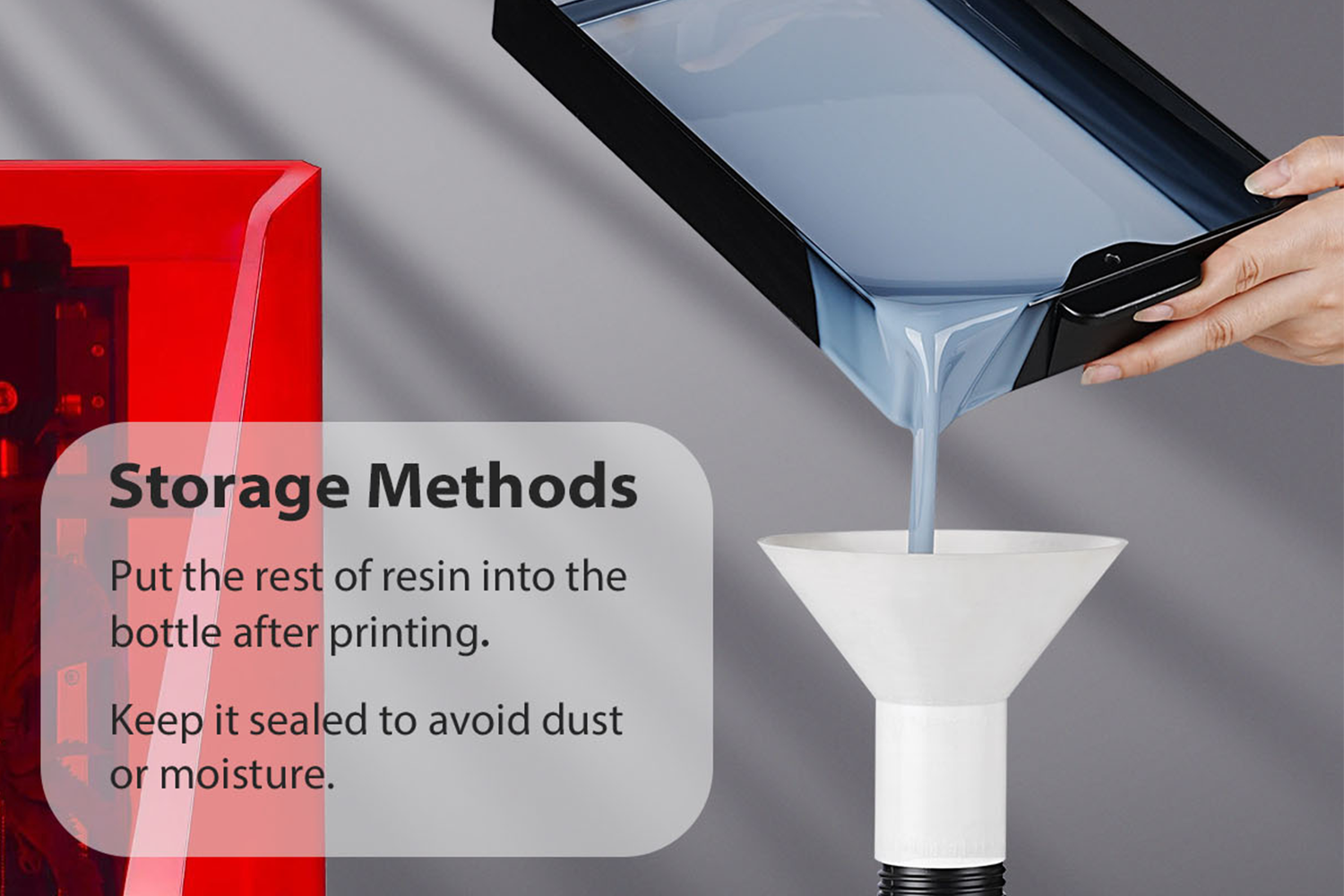In the world of 3D printing, nozzle leakage is a common challenge that can dampen the creative process. As passionate makers and enthusiasts, we understand the frustration it brings. But fear not! In this blog, we will guide you through practical tips and techniques to tackle nozzle leakage head-on and ensure smooth and flawless 3D prints. Let's dive in and tame the dragon of nozzle leakage together!
- Understand the Causes: To effectively address nozzle leakage, it's crucial to understand its root causes. Some common culprits include:
a. Clogged or Damaged Nozzle: A clogged or damaged nozzle can lead to uneven extrusion and leakage. Regular maintenance and cleaning are essential to keep your nozzle in optimal condition.
b. Improper Filament Loading: Incorrect filament loading can cause filament oozing or leaking from the nozzle. Ensure the filament is properly fed into the extruder, and the tension is adjusted accordingly.
c. High Printing Temperatures: Excessive printing temperatures can cause filament to become too fluid, resulting in leakage. Adjusting temperature settings based on filament specifications can help mitigate this issue.
2. Check and Clean the Nozzle: Regularly inspect your nozzle for any signs of clogs, debris, or damage. If you notice any blockages, carefully unclog the nozzle using appropriate tools or by performing a cold pull (also known as "atomic" pull) to clear any obstructions. Thoroughly clean the nozzle using a nozzle cleaning kit or by soaking it in a cleaning solution to remove accumulated residue.
3. Calibrate Extrusion: Proper extrusion calibration is vital to prevent nozzle leakage. Fine-tune the extrusion multiplier or flow rate in your slicer software to ensure accurate filament deposition. Conduct a calibration test print and make adjustments until you achieve consistent and uniform extrusion.
4. Check and Adjust Filament Loading: Improper filament loading can lead to nozzle leakage. Make sure the filament is loaded correctly, following the manufacturer's guidelines. Check for any signs of filament grinding, which might indicate that the tension needs adjustment. Proper tension will ensure smooth and controlled filament flow, reducing the likelihood of leakage.
5. Optimize Printing Temperatures: Experiment with different temperature settings based on your filament type and manufacturer recommendations. Avoid excessively high temperatures that cause filament to become too fluid, leading to leakage. Find the optimal balance between temperature and extrusion rate to achieve high-quality prints without leakage issues.
6. Employ Retraction Settings: Retraction settings play a crucial role in combating nozzle leakage, especially during travel movements. Enable retraction in your slicer software and fine-tune the retraction distance and speed to minimize filament oozing or stringing. Finding the right retraction settings for your specific printer and filament combination can significantly reduce nozzle leakage.
7.Regular Maintenance: Prevention is better than cure. Maintain a regular maintenance schedule for your 3D printer. This includes cleaning the nozzle, lubricating moving parts, and checking for any signs of wear or damage. By proactively addressing potential issues, you can minimize the chances of nozzle leakage.
Nozzle leakage can be a frustrating obstacle in the 3D printing journey, but armed with knowledge and practical solutions, you can overcome it successfully. By understanding the causes, performing regular maintenance, and implementing appropriate settings and adjustments, you'll be well-equipped to tame the dragon of nozzle leakage. Embrace the challenges, learn from each experience, and let your creativity soar in the realm of flawless 3D prints!
Remember, perseverance and continuous learning are the keys to unlocking the full potential of your 3D printer. Happy printing!


